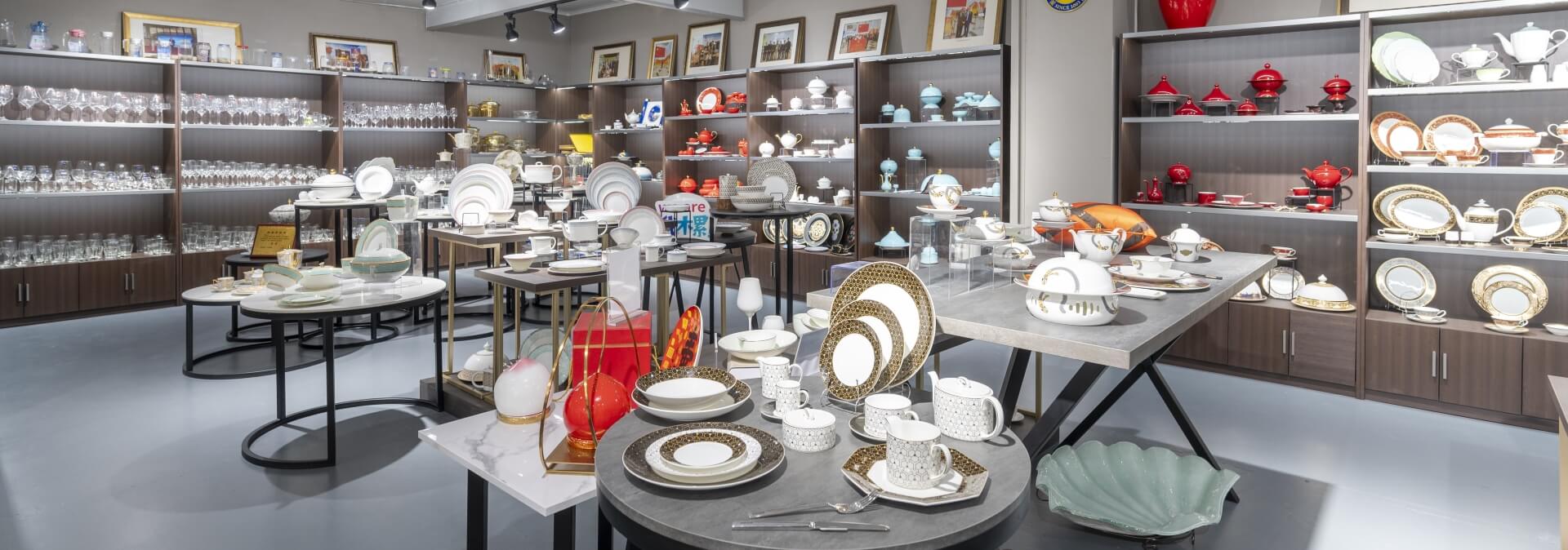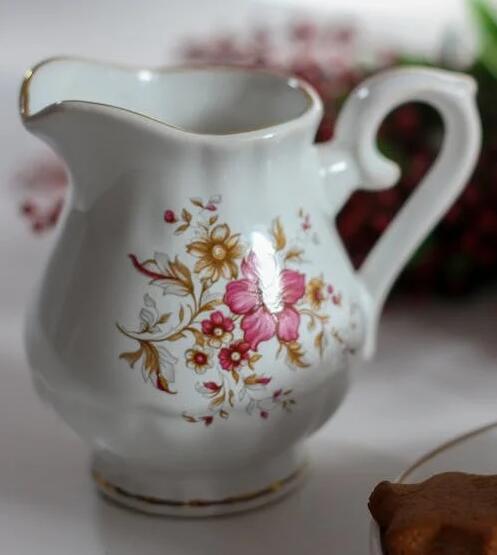
PITO Article
Is Bone China Vegan? Exploring the Truth Behind the Fine Dinnerware
When we think of bone china, we often associate it with elegance, luxury, and high status. It’s the type of dinnerware that is brought out for special occasions, and reserved for important guests. But have you ever wondered if bone china is vegan-friendly? In this article, we will delve into the origins of bone china, the use of animal bones in its production, and explore whether there are any vegan alternatives available.

What is Bone China?
Bone china, also known as chinaware or just china, is a type of fine and ornamental ceramic tableware. It is often used interchangeably with porcelain, although there are slight differences in their composition and firing temperature. Bone china is made by combining clay, kaolin (white clay), feldspar, and quartz. These materials are shaped, molded, cast, and fired at different temperatures to create sturdy and decorative pieces.
The Role of Animal Bones in Bone China
The name “bone china” might lead you to believe that it is made entirely from animal bones. However, this is not entirely accurate. In the 1700s, someone in Britain had the idea to add bone ash to the clay mixture to enhance the strength, whiteness, and delicacy of the final product. The bone ash used in bone china is derived from the bones of animals bred and killed for their meat.
The bones used in bone china production are sourced from slaughterhouses. These discarded bones are cleaned, heated to high temperatures to remove organic materials, and then ground into a fine powder known as bone ash. Bone china typically contains a minimum of 25% bone ash, but it can range from 40-50% in some cases. The bone ash provides the characteristic milky-white and translucent appearance of bone china.
Vegan Alternatives to Bone China
If you’re looking for vegan-friendly alternatives to bone china, there are several options available. Porcelain, stoneware, and earthenware are all ceramic materials that do not contain bone ash. These alternatives are often chemically whitened and altered to mimic the appearance of bone china, making them suitable choices for those who prefer vegan tableware.
In addition to ceramics, there are other materials that can be used for tableware. Metals like copper and brass, as well as alloys like steel, offer durable and vegan-friendly options. Glass is another excellent choice, providing a sleek and modern look to your dining table. Brands like LaOpala even offer crockery with a vegetarian sign, emphasizing their commitment to cruelty-free products.
How to Differentiate Between Bone China and Regular China
If you’re unsure whether the dinnerware you have is bone china or a vegan alternative, there are a few ways to differentiate between the two. One method is the light test. Hold the piece of china against a torchlight in a dark room and place your hand behind it. If the light passes through the piece, revealing the silhouette of your hand, it is bone china. If not, it is likely a vegan-friendly alternative like porcelain.
Another clue is the weight of the piece. Bone china is generally lighter than porcelain, which tends to be heavier. Additionally, bone china has a thinner and more delicate appearance compared to other types of china. The color of bone china can range from very milky white to a warmer shade, depending on the amount of bone ash used and its age.
Controversial Use of Human Bones in Bone China
While the use of animal bones in bone china production may already be a cause for concern, there have been instances where human bones have been used as well. Artist Charles Kraufft created a version of bone china called “spine” using human cremains instead of animal bone ash. This controversial practice has sparked debates about the ethical implications and respect for the deceased.
It’s important to note that the use of human bones in bone china is not widespread and is considered an artistic expression rather than a mainstream manufacturing practice. However, it highlights the broader ethical questions surrounding the use of animal bones in the industry.
The Vegan Community’s Perspective
The vegan community holds diverse opinions on the use of bone china. Some find the practice of using animal bones in dinnerware production to be ethically problematic and choose to avoid bone china altogether. They argue that there are plenty of vegan alternatives available that can provide the same level of elegance and functionality.
On the other hand, some vegans may be more lenient and choose to focus on dietary choices rather than material possessions. They may continue to use inherited bone china or opt for second-hand pieces to reduce waste. Ultimately, the decision to use bone china or not is a personal one that aligns with an individual’s vegan values.
Conclusion
Bone china, despite its association with elegance and luxury, is not vegan or vegetarian-friendly due to the use of animal bone ash in its production. However, there are plenty of vegan alternatives available, such as porcelain, stoneware, and earthenware, which offer similar aesthetics without the use of animal-derived materials. The decision to choose vegan tableware is a personal one, and individuals can explore different options based on their ethical beliefs. By opting for vegan-friendly dinnerware, we can align our choices with our values and contribute to a more compassionate and sustainable world.
LET'S TALK TOGETHER
Lorem ipsum dolor sit amet, consectetur estor adipi isicing elit, sed do eiusmod tempor este uterre incididui unt ut

